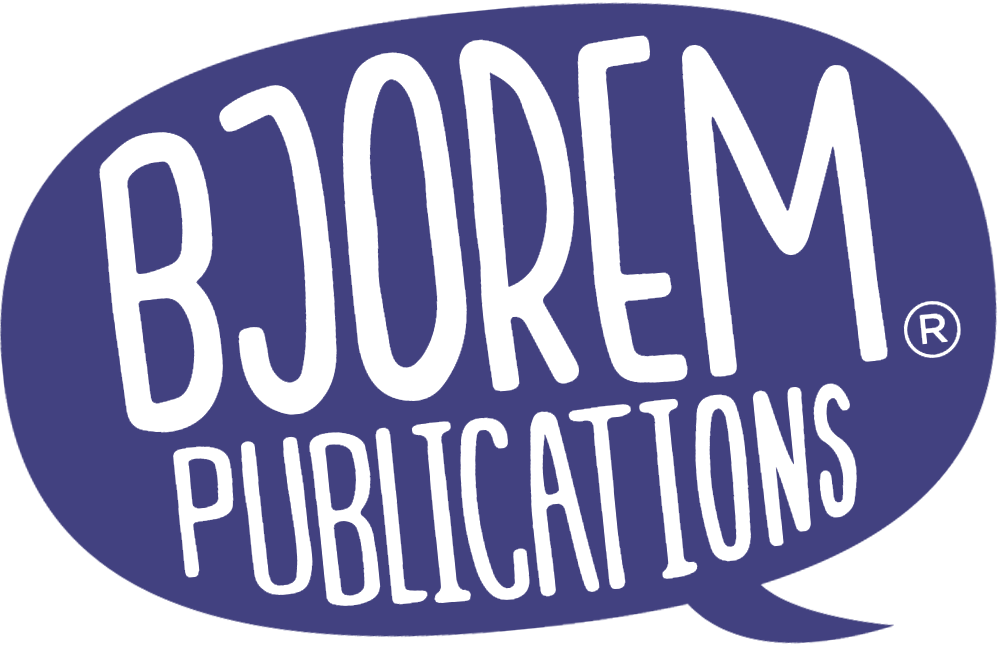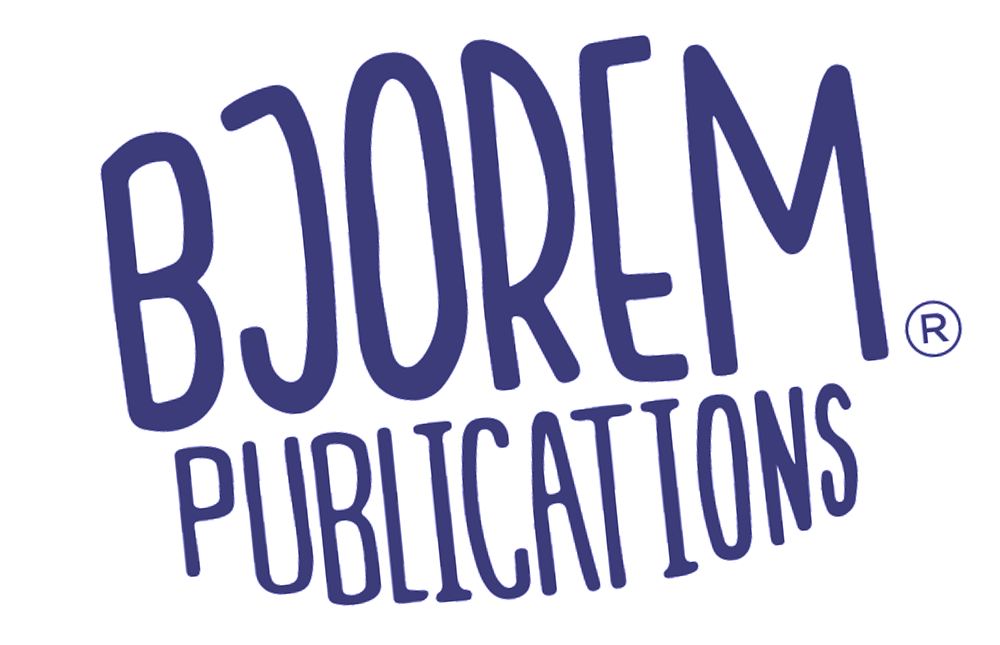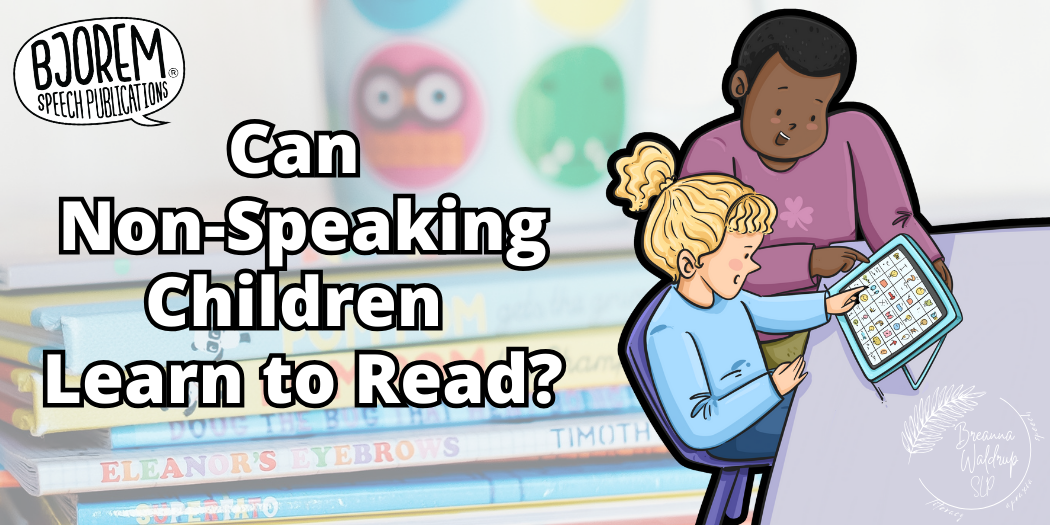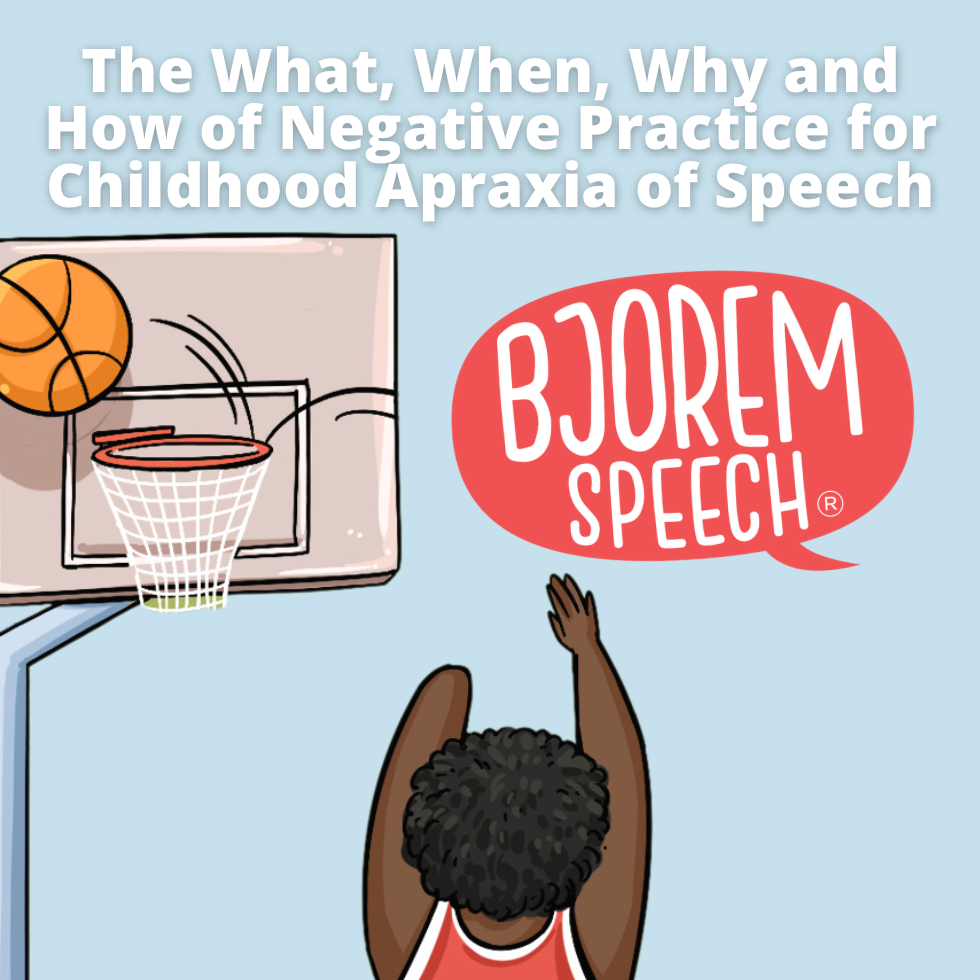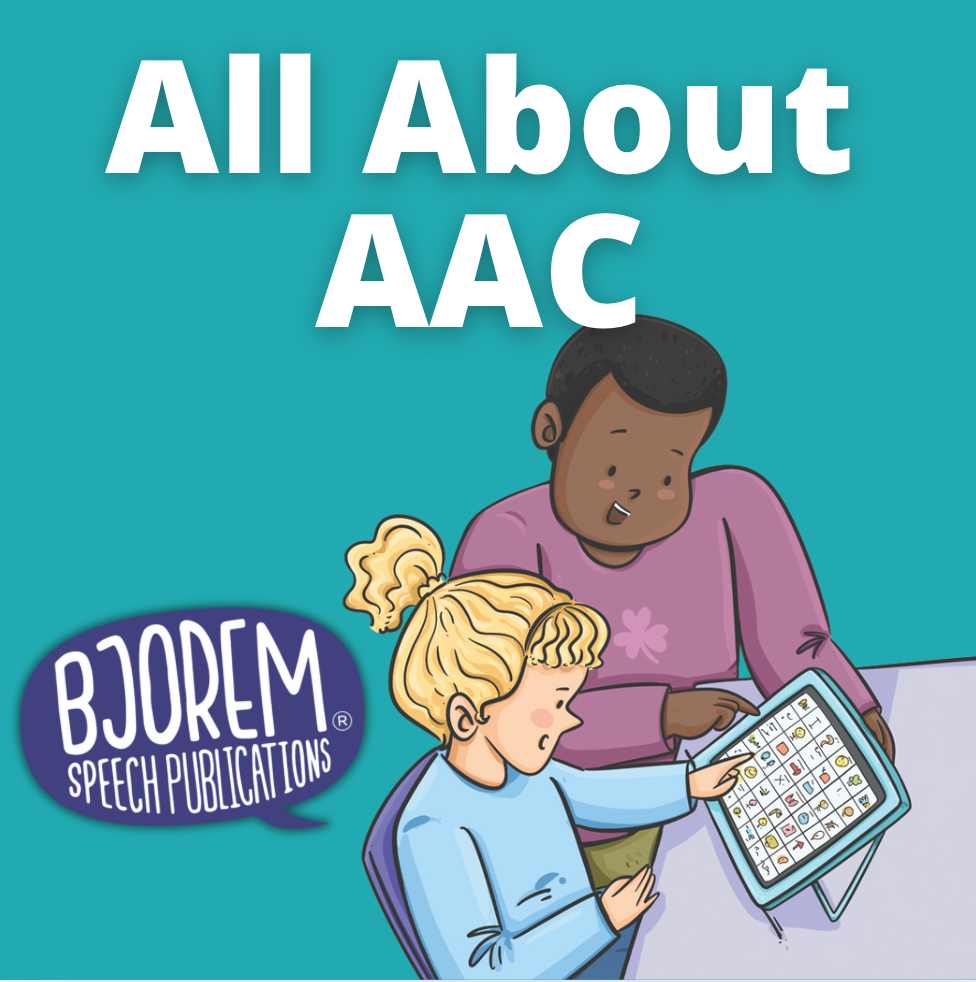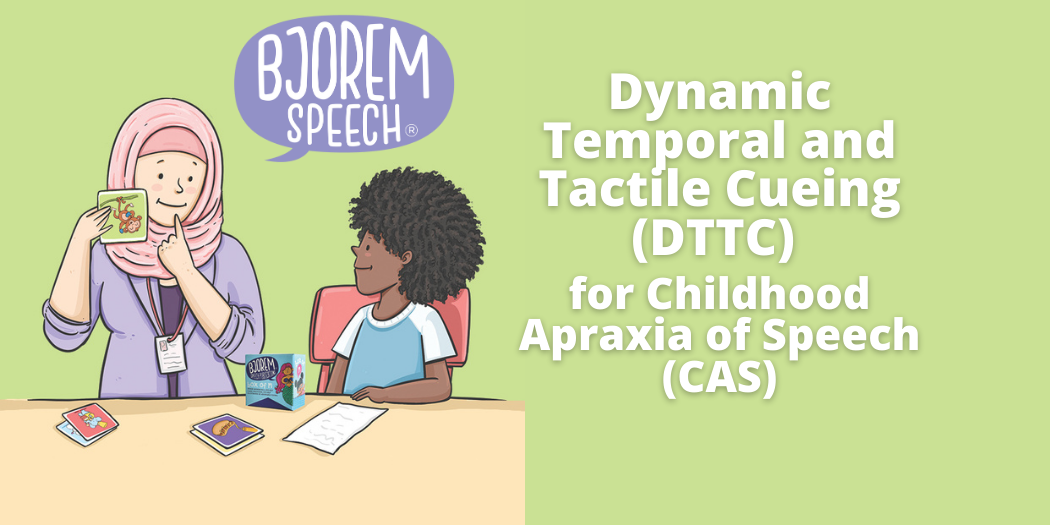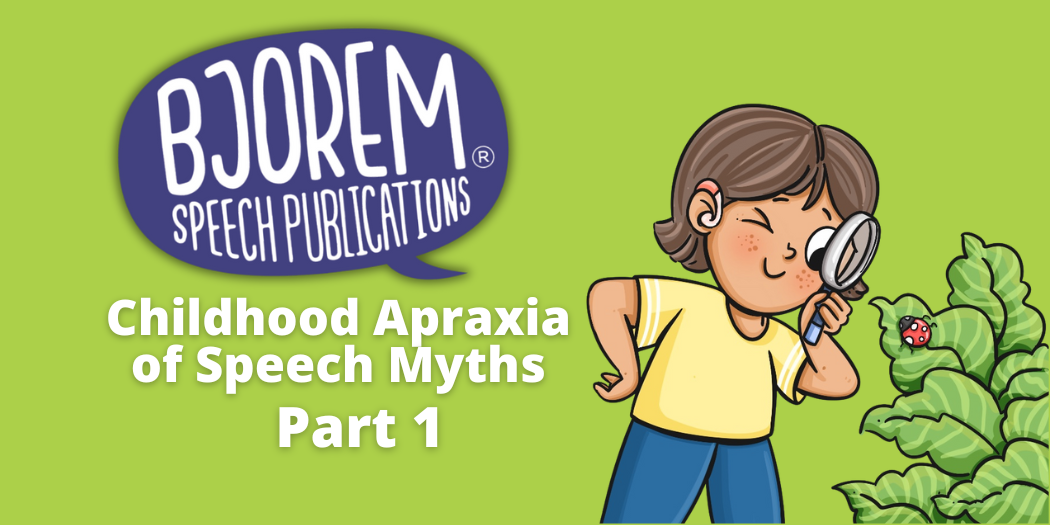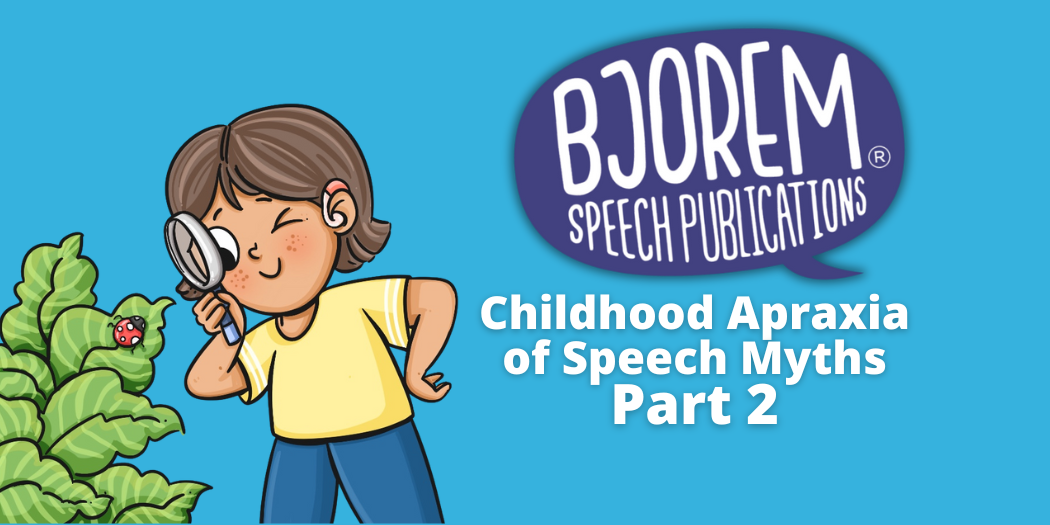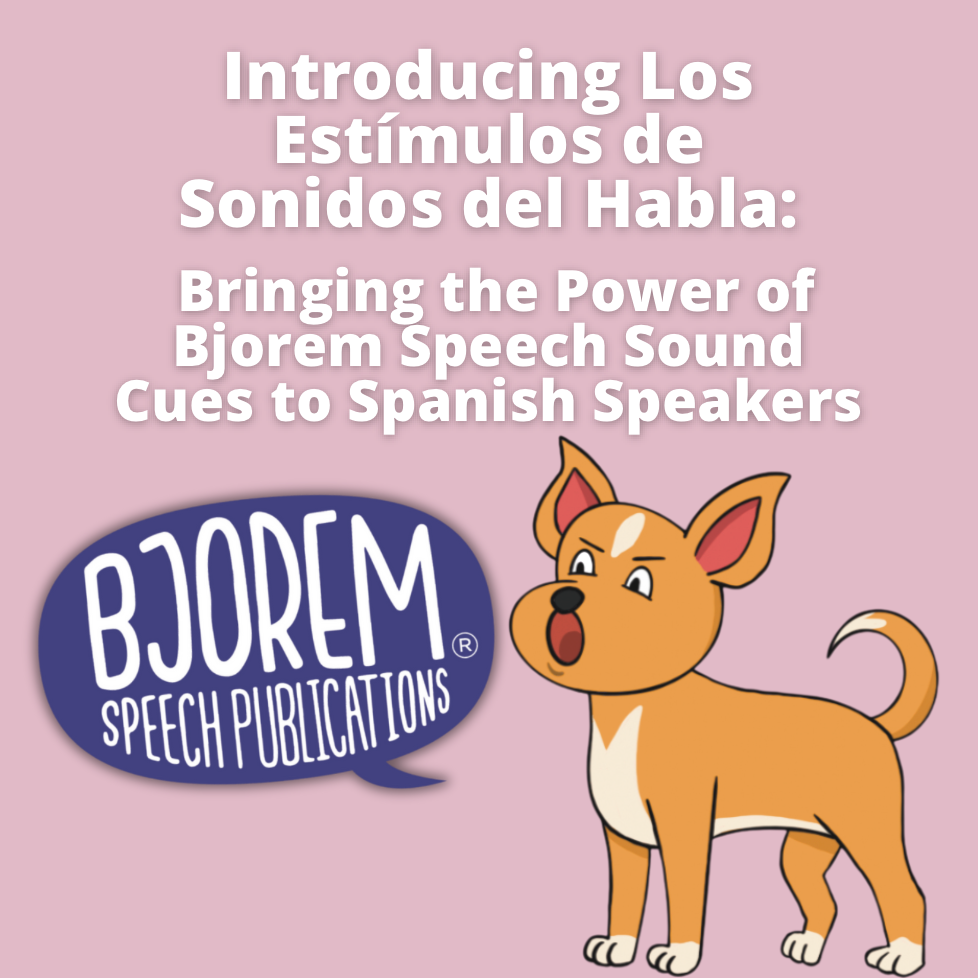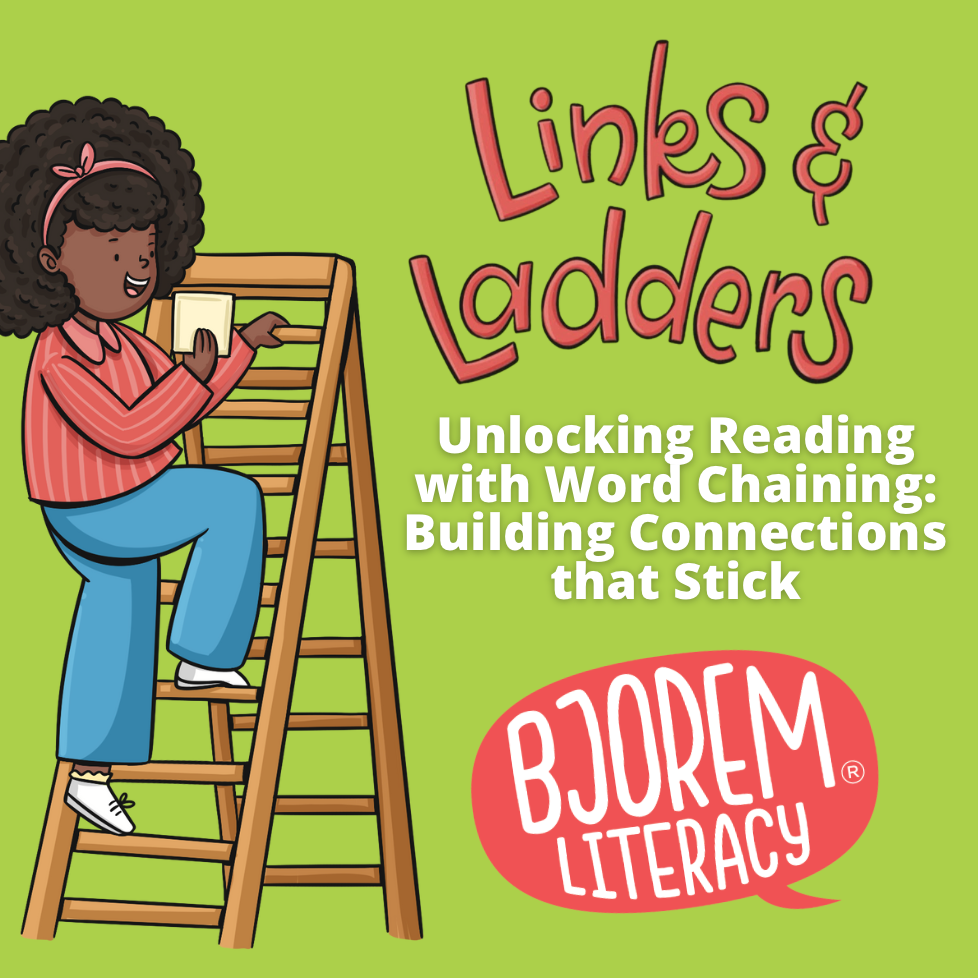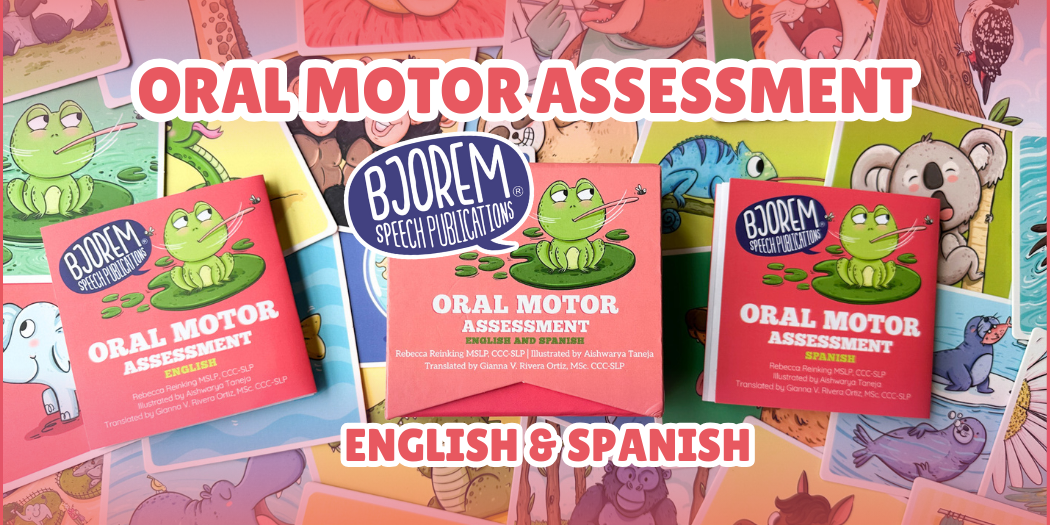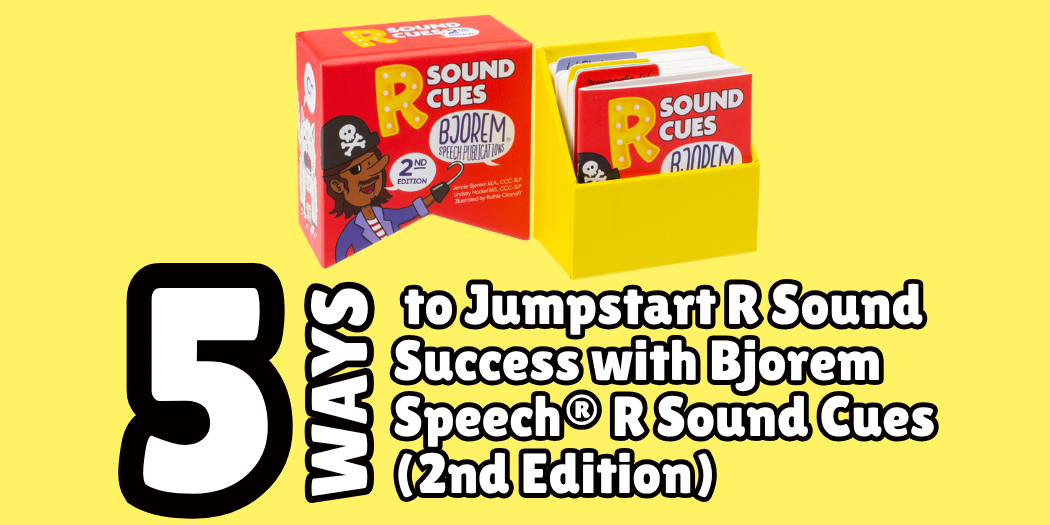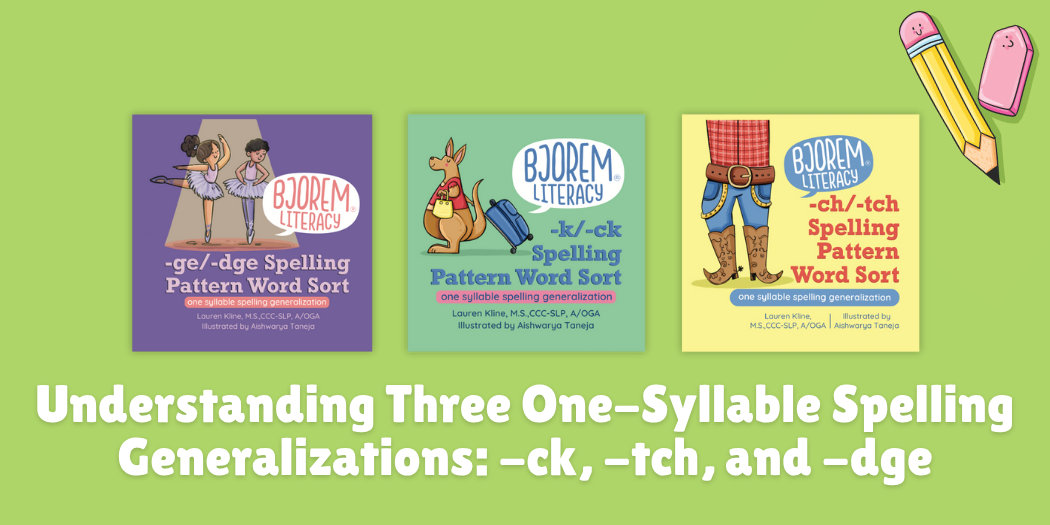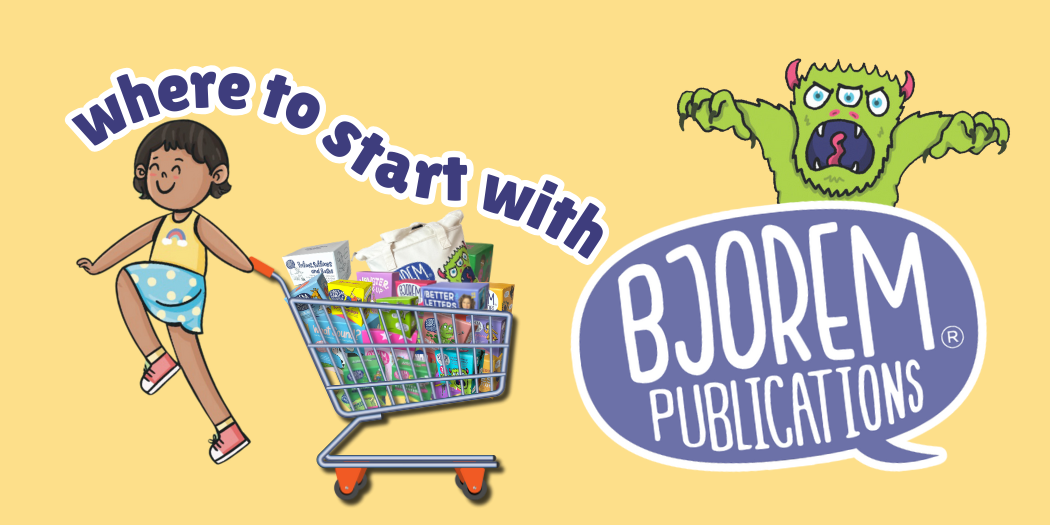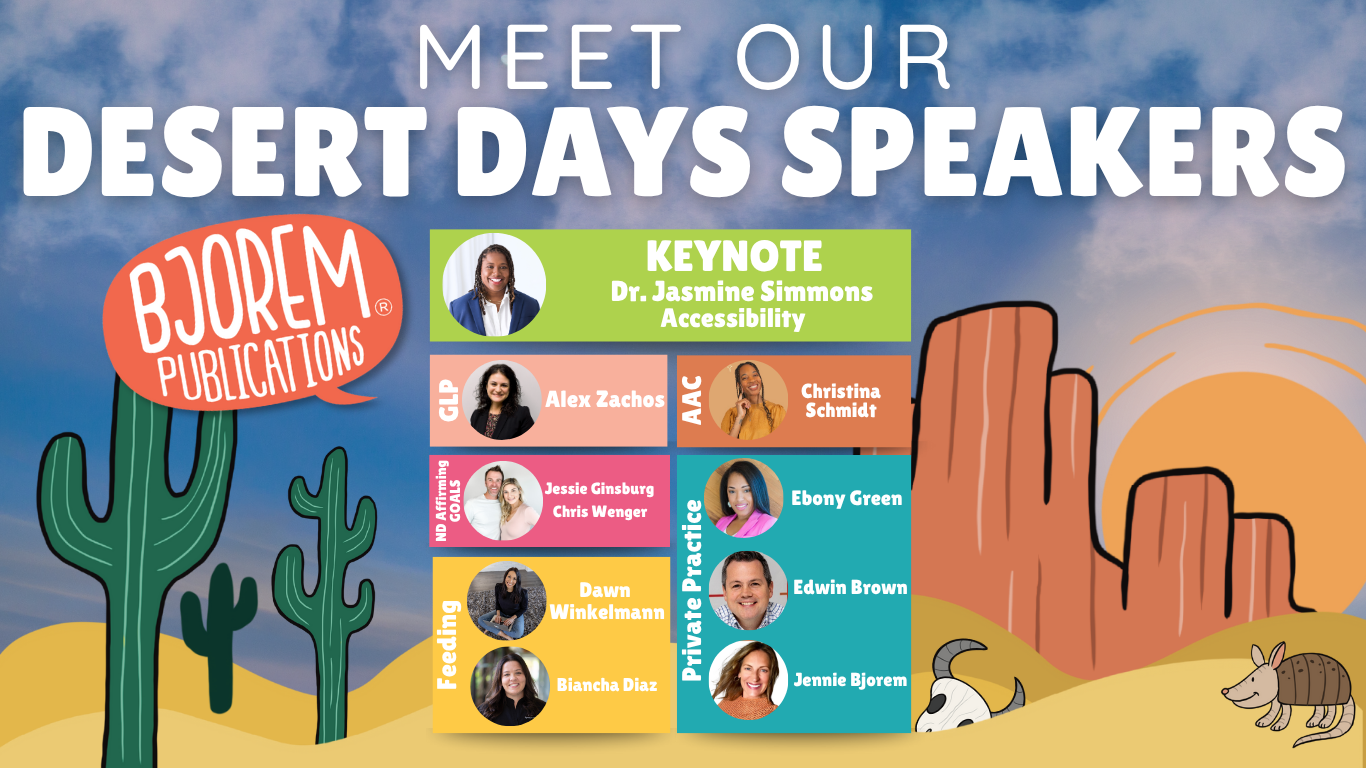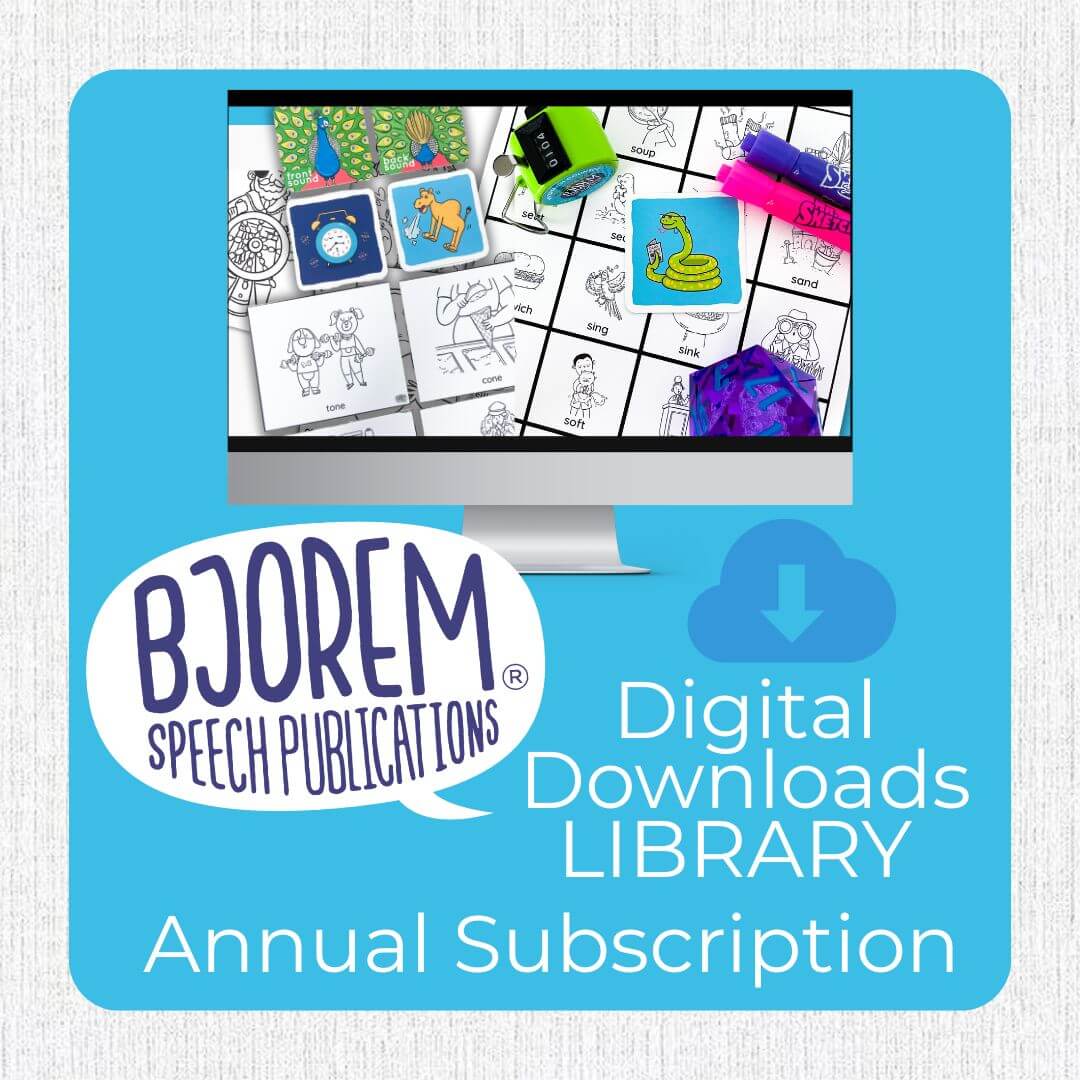
Can Non-Speaking Children Learn to Read?
Breanna Waldrup, MS, CCC-SLP
Let’s get straight to the answer – YES, non-speaking children CAN learn to read. This may seem confusing since many of us first learned to read by reading aloud and reading skills are often tested and demonstrated by reading aloud. How is that possible if a child is not speaking? Read on to learn more!
Speech and Reading Terminology
First, let’s cover some terminology so that we are all on the same page. When we say non-speaking, we mean children who are not using speech to communicate or speech is not their primary form of communication. This may mean they are using other forms of communication or augmentative and alternative communication (AAC) such as a communication device (speech generating device (SGD) or iPad with communication software), sign language, gestures or any other non-speaking forms of communication.

Children may be non-speaking for a variety of reasons. Many children with autism, childhood apraxia of speech (CAS), dysarthria and other developmental and communication disorders may not be using speech as their primary form of communication in the preschool and early elementary years when reading is typically taught.
When we discuss reading, there is a lot of terminology, so let’s dive into those definitions! Structured literacy is the best option for teaching children to read and is based on a body of evidence and knowledge referred to as the Science of Reading. There are many different reading programs out there, many of which are slightly different flavors or variations of structured literacy. Structured literacy is sometimes also called phonics or phonic analysis, in which the sound-letter associations (including the sounds for digraphs) are taught in a systematic and hierarchical manner. The focus is on decoding and spelling, while also working on fluency and comprehension. The instruction is individualized, looking for mastery at each level before the next level of instruction is taught. In addition, teaching is multisensory or multimodal, incorporating visual, tactile and auditory senses.
What does this all really mean? It means that we are teaching the sound that each letter makes, e.g. the letter “m” says “mmm.” We’re also teaching the vowel teams, like “ai” says the long “a” sound or that a silent “e” makes the other vowel in the word say its name. It also means that when we are teaching reading, we are providing opportunities for the child to see, feel and hear the instruction. This means we talk about it, we show them and we give the children opportunities to physically touch and manipulate letters, trace letters, write and more.

(Product shown above: Bjorem Better Letters)
What we know from decades of research and the reason that structured literacy is best is that learning to read is not a developmental process that children acquire naturally, like walking or talking. Reading is a code that must be broken or taught explicitly for most children.
There is a big step in learning to read that comes before phonics instruction and that is phonological awareness. Here we go with a bit more terminology!
Phonological awareness is the ability to think about the sound structure of language or the realization that words are made of sounds. This means that the sounds in words can be manipulated, pulled apart and put together. Phonological awareness skills include rhyming, alliteration, segmenting sentences into words, segmenting and blending syllables, and onsets and rimes. Phonological awareness also includes a subcategory called phonemic awareness.
Phonemic awareness is awareness of the smallest meaningful units of sounds (phonemes) within words and the ability to attend to and manipulate those sounds. Phonemic awareness skills include blending sounds into words, segmenting words into sounds, and deleting and manipulating sounds in spoken words. This might look like asking a child: “What word do we have if we take the “sss” sound off from “sat”?
Phonological awareness starts in the preschool years (3-5 years of age) and is an important precursor to phonics instruction, when children start to associate letters with sounds. Phonemic awareness skills, in particular, are a good predictor of future reading skills. Strong phonemic awareness skills, along with oral language, are positive predictors of reading success.
The Importance of Language
This leads us to a couple of important points for our non-speaking children. One is the importance of language. Language includes all of the ways that we communicate, both receptively (what we understand) and expressively (how we communicate with others). While expressive language may include speech, there are many other ways that people communicate other than speech. Individuals who are speaking also use facial expressions, body language, gestures, writing and more instead of or in addition to speech. For individuals who are non-speaking, expressive language could include the above, as well as AAC, such as a communication device or sign language.
We can focus on building a strong language foundation for children from an early age, whether they are speaking or non-speaking. This means exposing them to a variety of robust vocabulary and providing opportunities for them to express themselves. For non-speaking children, this means they need AAC. We now know that there are no prerequisites for AAC and that we want to start as early as possible so that children can express themselves consistently and with confidence and their language skills are not hindered by their lack of speech.
Pre-Literacy Skills
One more important component to learning to read for any child is pre-literacy skills. Pre-literacy skills include knowing how to hold a book, that we turn the pages from left to right, that we read a book from front to back, etc. Most importantly, we want children to have a positive association with books and to looking at books or having books read to them. The value of shared reading, in which a child is read to (in the early years) or is read with, is vital!
A couple of key points that we have covered so far:
-
Structured literacy is the best way to teach reading. This includes phonological awareness skills, including phonemic awareness, and phonics instruction.
-
Strong language skills are important for children to learn to read successfully.
-
Children who are non-speaking need a robust communication system/form of AAC, so that their language skills can be as strong as possible.
-
A positive association with reading and/or books is vital!
How Do We Teach Non-Speaking Children to Read?
Now that we have covered a lot of the what and the why, let’s talk about the how. How do we teach non-speaking children to read? We know we’ll use structured literacy, but how do we modify for non-speaking children? In short, we teach such that speech is not required by either making tasks receptive or by allowing and accepting responses using forms of communication other than speech, such as AAC.
Let’s talk about a few examples.
One of the first phonological awareness skills that is often addressed is rhyming. We can introduce the concept of rhyming by reading rhyming books. There are lots of them, with some of the classics like The Cat in the Hat and other Dr. Seuss books being great. While reading the book, we can talk about how the words sound alike at the end and identify these as rhyming words. “Cat” and “hat” rhyme. We can also contrast this with words that don’t rhyme. “Cat” and “house” don’t rhyme. Once the child has gained some familiarity with the concept, we can try some gentle testing to see if they are understanding by asking yes/no questions. For example: “Do cat and hat rhyme? How about cat and house?” The child can respond with speech or for a non-speaking child, they can answer with AAC including gestures (shaking head yes or no), signing or using their communication device. The next step might be to then ask the child for a word that rhymes, e.g. “Can you think of a word that rhymes with cat?” The answer can be spoken or communicated with AAC. Another way to do this is when looking at a book with pictures, you can ask the child to point to a picture in the book that rhymes with a given word. So on the page in The Cat in the Hat with the boat, you might ask the child to find a picture that rhymes with “moat.”
When it comes to phonemic awareness skills, we can look at the example of blending sounds into words as an example. Often when teaching this skill, we might say something like “What word do we have if we combine the sounds “c”, “a” and “t”? We would then expect the child to say the word “cat.” For children who are non-speaking or are not yet speaking consistently, such as children with childhood apraxia of speech, we can modify this task by giving them alternative ways to answer that do not require speech. We can allow the child to respond with their communication device or sign language. We can also put out an array of three or four pictures and ask the child to touch or indicate the picture that corresponds to the word that is created from combining these sounds. In order to respond correctly, the child still has to combine those sounds in their head to produce the correct word, which is the phonemic awareness skill that we want to build, and is independent of whether or not the child can produce that word (accurately) with speech.
After addressing phonological awareness, including phonemic awareness, the next step in structured literacy is to start phonics instruction. In this stage, children learn to associate a sound with a letter. It’s important to note that this is the first time we start introducing written letters. Up to this point, we have been focusing on sounds. Now, we combine sound knowledge with letter knowledge.
Generally we want to start phonics instruction by picking a vowel and a few letters to teach first. There are a number of factors to consider when selecting which letters to teach first. Some of those factors include:
-
Selecting letters whose sounds are different from each other. For example, t and m.
-
Selecting letters that look different – not b and d, for example.
-
Selecting letters with sounds that are easier to prolong, such as m and n.
-
Selecting letters that occur frequently – not x or q for example.
A couple of other important items to keep in mind. Teach short vowel sounds first and focus more on lower case letters, since those occur much more frequently. Another factor to consider is prior knowledge or interests. So if a child has learned the first letter of their name or has a favorite letter or letters, those would also be a good place to start. Last, focus more on letter sounds than names, since letter names are not required for reading. However, knowledge of letter names is an important literacy skill that is often tested in academic settings, so it also has its place.
When teaching sound-letter associations to children who are non-speaking or not speaking consistently or who can not produce all of the sounds, we can modify instruction by modeling the sound. So we can show the child the letter and produce the sound, but not require them to produce the sound. When we want to assess their knowledge, we can make a sound and ask the child to identify the letter that makes that sound. They could do this by using their communication device, a keyboard or by selecting from an array of letters that we provide. If the child is familiar with the Bjorem Sound Cues, it’s also possible that we could show them a letter, and they could then select the Bjorem Sound Cue that produces the corresponding sound.

Decoding is basically sounding out a word and can start once a child has memorized the sounds for a few letters. Typically this starts with consonant-vowel-consonant words in which the vowel makes its short sound. For example, if the child has learned the sounds for the letters a, m, t, and n, then decoding may start with sounding out the word “mat.” For children who are speaking, we expect them to produce the sounds for each letter and then blend these sounds to produce the word. We can modify this task for children who are non-speaking or not speaking consistently, such as children with CAS, by showing them the word, then allowing them to identify the word using their communication device, other forms of AAC such as sign language, or by selecting from an array of pictures that match that word.

Memorizing irregular and high frequency words is another component of learning to read that is important for words that can not be decoded (such as the word “one”) or that occur frequently such that we want the child to be able to recognize it quickly without having to decode it each time it is encountered. While we typically expect to test a child’s memorization of sight words by showing them the written word and for them to say the word out loud, we can also modify this task for children who are non-speaking or not speaking consistently by showing them an array of words, then saying a word out loud and asking them to identify the written word that matches what we said. For example, having the words dog, can, tan and mat on cards in front of the child, and asking them to indicate which one says “mat.” We are essentially flipping the script here, where we do the speaking instead of the child, but we are still working on the same reading skill.

In Conclusion
To summarize, YES, children who are non-speaking and might be using a communication device or other AAC to communicate can learn to read. YES, children with childhood apraxia of speech who may not be speaking clearly or consistently can learn to read. Children with severe speech sound disorders who may not yet be producing all of their sounds can learn to read. We can use the guidelines from the Science of Reading and modify them to allow children to demonstrate their reading skills without the need for speech. We CAN presume competence and help children reach their full potential!

Written by: Breanna Waldrup, MS, CCC-SLP

